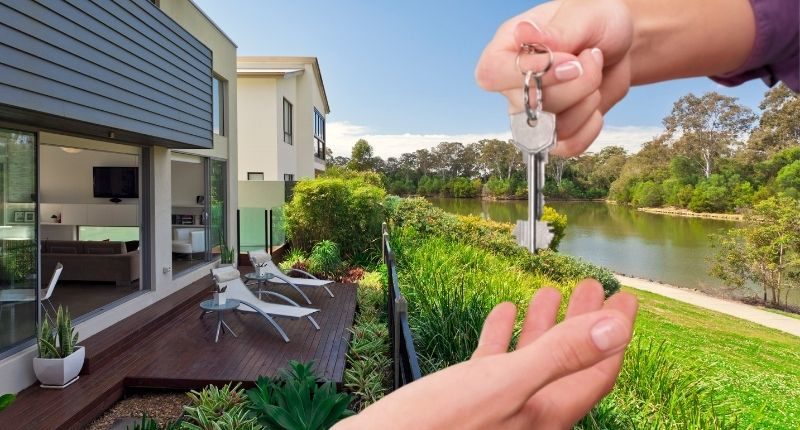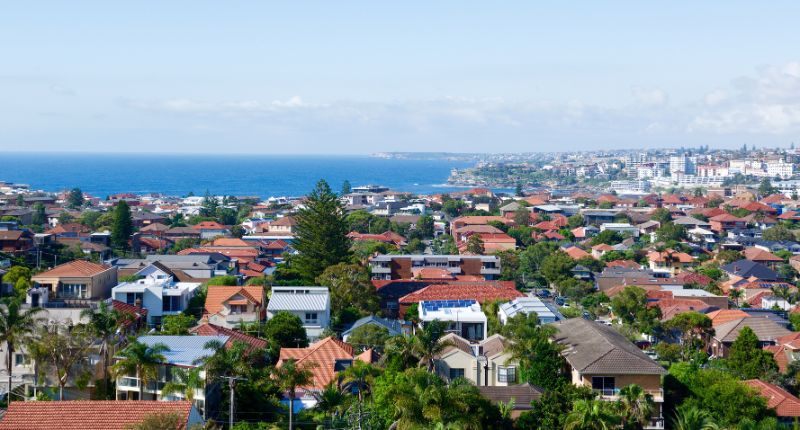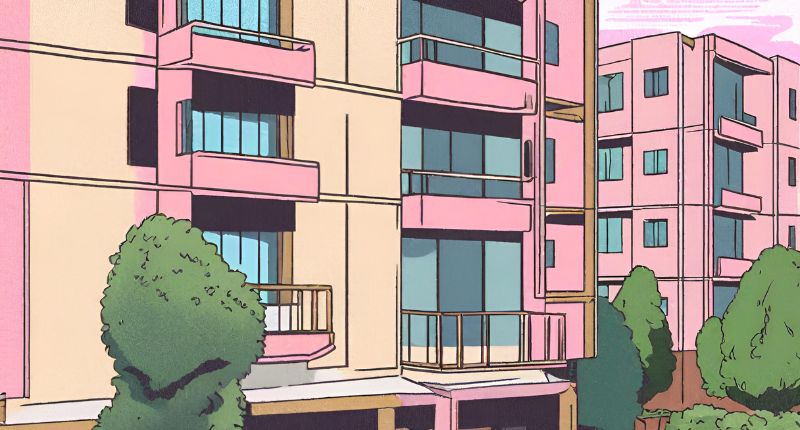- The highest number of annual sales since 2004
- 42% higher than the previous 12-month period
- All states and territories recorded at least a 10% increase in turnover
Housing turnover has reached its highest level in almost 12 years, according to data released by CoreLogic.
There were almost 598,000 house and unit sales nationally in the year to August 2021, which is the highest number of annual sales since 2004 and 42% higher than the annual number of sales over the previous 12-month period.
This has taken housing turnover to a rate of 5.6% – the highest since December 2009.
Additionally, the number of dwellings sold was 31% and 24% above the decade average and 20-year average respectively.
Every state and territory – except for Tasmania – has recorded a lift of at least 10% in year-on-year sales.
However, the smaller increase in sales across the Apple Isle is more likely due to a lack of supply instead of a shortage of demand.
“The largest year-on-year increase in annual home sales can be seen in the previously weaker markets of Western Australia and Northern Territory where the market is playing catch up,” explained Tim Lawless of CoreLogic.
“Year-on-year home sales have risen by 62% and 59% respectively, while Queensland has recorded a 54% lift in year-on-year sales.”
Annual housing turnover, Australia

While the surge in housing demand may seem surprising given overseas migration has stalled, Mr Lawless explained the substantial rise can be attributed to a lift in domestic demand from previously low levels.
“Housing turnover (annual home sales as a percentage of total dwellings) trended lower from late 2015 as credit conditions tightened, housing affordability became more challenging and transaction costs such as stamp duty became increasingly expensive as prices rose.”
Tim Lawless of CoreLogic
National turnover did reach a low in June 2019 when just 3.7% of Australian homes were transacted over the year.
Thanks to the loosening of credit policies and mortgage rates, more Australians have participated in the housing market, Mr Laweless added.
“Additionally, a higher rate of household savings since March 2020 has boosted consumer deposit levels and mortgage serviceability, while government incentives such as stamp duty concessions and deposit guarantees have also supported demand.”
Mr Lawless expects housing turnover to increase a little further given the annual number of sales is yet to peak.
He expects turnover to peak in early 2022, although the additional disruption of lockdowns could make it harder to interpret the number of sales, warned Mr Lawless.








